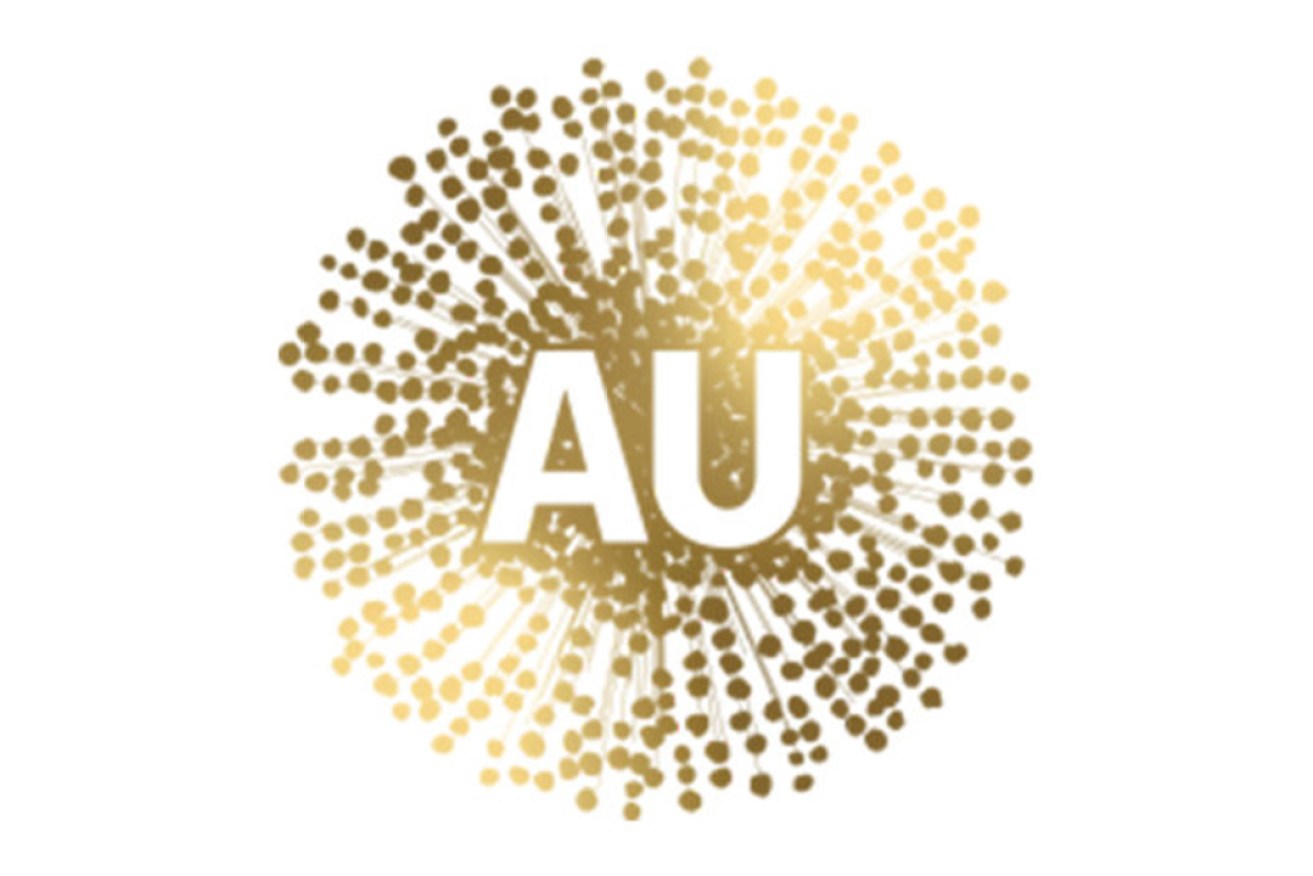Lucky charms, government waste and wattles – just a few of the things I learnt about in 2020
Revisiting a few of your weekly columns is a good way to discover what you’ve learnt during this strangest of years, writes Robert MacDonald


The proposed wattle logo for Australian-made goods that was scrapped in August. (Photo: Australia’s Nation Brand)
What did I learn during 2020, writing a weekly column for InQueensland?
That perhaps magical thinking does work and that governments don’t always waste as much money as you expect them to.
I was also reminded that even the smartest people in the room can fall prey to the persuasion of clever marketing people.
InQueensland published a column of mine on March 23 this year with the headline “Hugs, kisses and handshakes – taking the lucky charm approach to a crisis.”
My wife and I had scrambled home to Brisbane from Mexico City just the day before and this was my summary of how the Mexican government was handling the early weeks of the pandemic.
“If you want to see how the minimalist approach works keep an eye on Mexico,” I wrote.
By the time we’d left for home, after nearly a month in the country, Mexico hadn’t shut any borders, airports or restaurants, or introduced any serious containment policies.
Street markets remained open and life went on more or less as normal.
Mexico’s populist, left-wing President, Andres Manuel Lopez Obrador, or AMLO, was still out and about, hugging people, shaking hands, kissing babies and telling people to go about their lives.
His only protection against illness were his lucky charms, including Catholic scapulars and a US two-dollar bill, which he called “my bodyguards”.
AMLO has maintained his laissez-faire approach right through the year, rarely wearing a mask, questioning the worth of testing and resisting calls for lockdowns.
And how has that worked?
Officially, Mexico now has the fourth-highest number of COVID-19-related deaths in the world – about 117,000 – and the 15th-worst death rate per 100,000 of population.
But no one believes these numbers, not even the government, which has recently estimated the real figure could be at least 50,000 higher.
And things aren’t improving. Mexico City has just gone into a maximum-level, three-week shutdown in response to rising infection levels.
But AMLO, armed with his lucky two-dollar bill and his scapulars, has sailed through it all, untouched by the virus itself and still much loved by voters – assuming of course the polls and the reporting (or lack of it) about his health are accurate, which, this being Mexico, is impossible to know for sure.
In Mexico, it’s sometimes easier to believe in magic than grapple with the truth.
In May, I wrote a story with the headline: “Wasting public money can take lots of time and effort” about a Productivity Commission study into remote area tax concessions and payments, which the Federal Government commissioned in late 2018.
A team of 11 people with five assistants worked for a full year on the project, which involved meetings across the country and attracted 199 written submissions.
The Government received the 384-page final report on February 12 this year and barely two weeks later threw it in the bin, blaming the bushfires and coronavirus for its lack of action.
Which was just as well. The commission’s rational but contentious approach to modernising Australia’s jerry-built system of tax support for country people would have been an impossible sell in the regions.
The commission wouldn’t tell me how much the report had cost. I’d have to wait for this year’s annual report to find out, it said.
And so I came up with my own estimates of about $2 million, based on the figures for similar studies in previous annual reports.
I was wrong. The commission’s latest annual report, published in October, revealed, the actual cost to be $1.6 million.
So well done to the government for wasting $400,000 less than I’d originally guessed.
In June, I stumbled across the fact that the Australian Government was about to change Australia’s official brand – from a fairly insipid map of Australia shaped by two boomerangs to a stylised golden wattle, which unfortunately in the eyes of many looked just like a blinged-up coronavirus.
The new look was the idea of the government-appointed National Brand Advisory Council, comprising some of Australia’s best business brains – from mining magnate Andrew Forrest and Qantas boss Alan Joyce to Atlassian’s Mike Cannon-Brookes.
Clemenger BBDO also helped out creatively by way of a reported $3 million contract.
What struck me at the time was less the COVID virus likeness but rather that the new logo didn’t look like anything recognisably Australian at all.
The committee had rejected the idea of revisiting that trusty old standby, the kangaroo, even though it acknowledged “it is currently the most internationally recognised shortcut to Australia.”
Too well-known apparently. What we needed, the council thought, presumably under the influence of the experts, was something new that would help change perceptions of Australia internationally.
The stylised wattle, Australia’s national flower, was the answer it came up with, claiming, optimistically, that “while not immediately recognisable internationally, it will become so over time.”
I suspect only a highly trained marketing expert could see the logic in choosing obscurity over clarity and familiarity to promote yourself but in the end it all became moot.
The COVID similarity was just too big a hurdle. In August, then-trade minister Simon Birmingham said the new brand was being scrapped and a rethink was under way.
“Obviously COVID means there’s a need to have a look at that piece of work – particularly the logo element – given some of the associations people were drawing,” he told 2GB’s Ben Fordham.
Which just goes to show that this year of the virus has reached every corner of society and in ways that will probably take years to discover fully.












